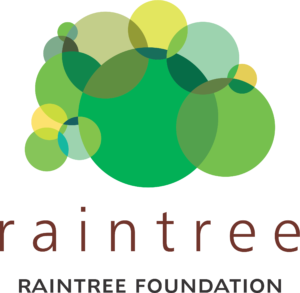Our Landscape Approach
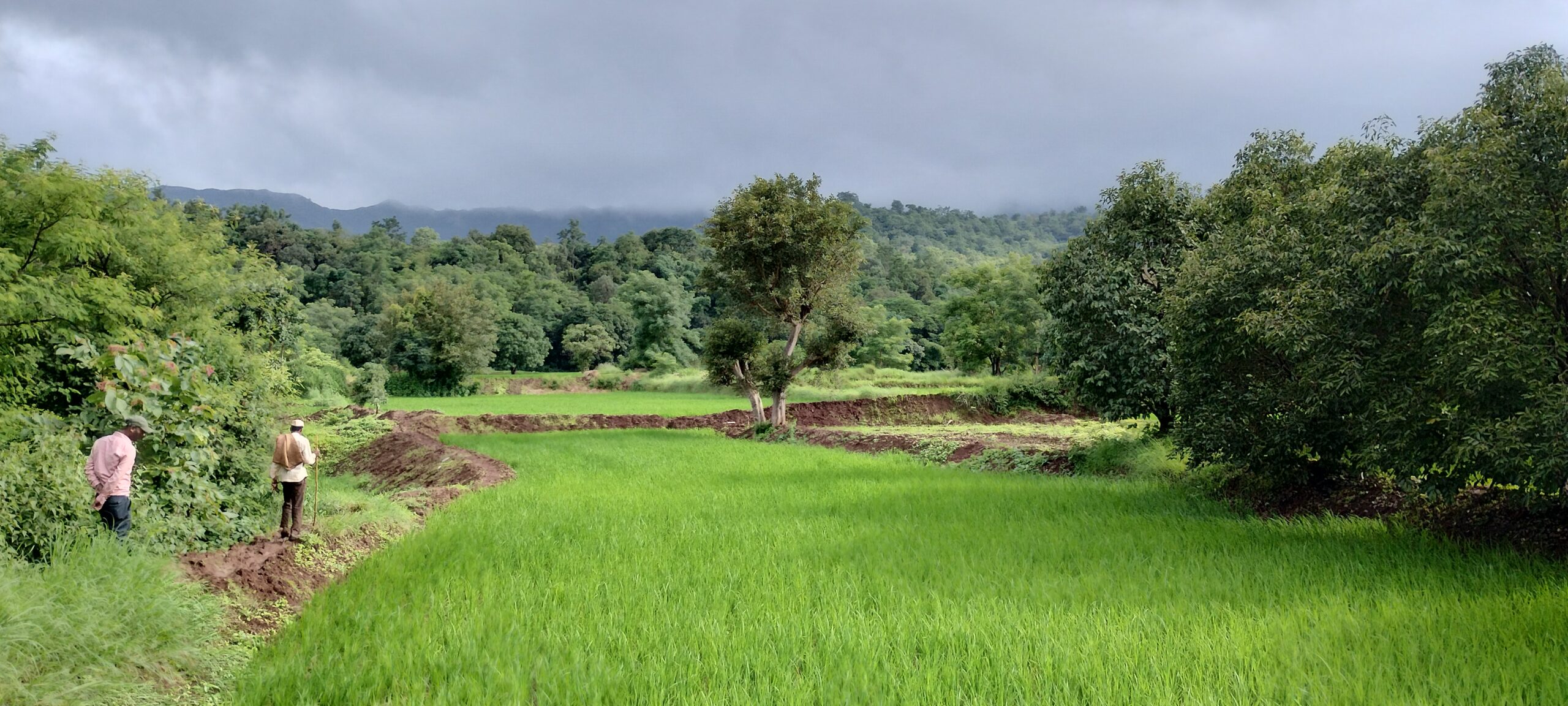
Landscape approach recognises the interconnections between people and nature for management of land to simultaneously achieve social, economic and environmental objectives.
This systems-based approach demands an in-depth understanding of the multifunctionality of ecosystems and the roles played by all actors, as well as potential synergies and trade-offs.
The solutions are tailored to the landscape ensuring that the needs and interests of all stakeholders are fully captured.
This systems-based approach demands an in-depth understanding of the multifunctionality of ecosystems and the roles played by all actors, as well as potential synergies and trade-offs.
The solutions are tailored to the landscape ensuring that the needs and interests of all stakeholders are fully captured.
Core Tenets
Circularity
Circularity promotes the creation of a sustainable and regenerative system where resources
are used efficiently,
waste is minimized, and materials are kept in circulation for
as long as is possible.
Economic circularity is an approach that aims to minimise waste and maximise resource efficiency by promoting reuse, recycling, and responsible production and consumption practices.
waste is minimized, and materials are kept in circulation for
as long as is possible.
Economic circularity is an approach that aims to minimise waste and maximise resource efficiency by promoting reuse, recycling, and responsible production and consumption practices.
Civic Custodianship
Civic Custodianship involves fostering a sense of ownership, collaboration, and shared responsibility among individuals and communities towards the protection and conservation
of the environment.
The goal is to empower the community to sustain the practices they’ve adopted for a better life, fostering self-sufficiency and long term success.
of the environment.
The goal is to empower the community to sustain the practices they’ve adopted for a better life, fostering self-sufficiency and long term success.
Western Ghats of India
- 140,000 sq. km | ~ 6% of India’s landmass
- Exceptionally high level of biological diversity and endemism
- UNESCO World Heritage site & Global Biodiversity Hotspot
- One of the world’s eight ‘hottest hotspots’ in terms of biodiversity
- One of four biodiversity hotspots in India
- 325 globally threatened flora, fauna, bird, amphibian, reptile and fish species
Why conserve them?
- Biological Diversity – Accounts for more than 30% of all plant, fish, bird, and mammal species found in India
- Ecosystem Services – ~245 million people living on the peninsula
- Anthropogenic Pressures – Encroachments, road development, mining, modern agriculture & human settlements
- Weather pattern – Heavily influences India’s monsoons
- Carbon Neutralizer – ~ 4 million tonnes of carbon
- Vulnerable Ecosystem – 35% loss of forest cover over the last 90 years
Why Velhe?
- Global biodiversity hotspot
- Compromised water availability through the year for drinking & agriculture despite high rainfall
- Limited livelihood options
- Lowest human development indicators in Pune district
- Lack of active NGO presence, political insignificance and lack of industries
0
hectares
9 Villages
Total Area
0
people
654 families
Beneficiaries
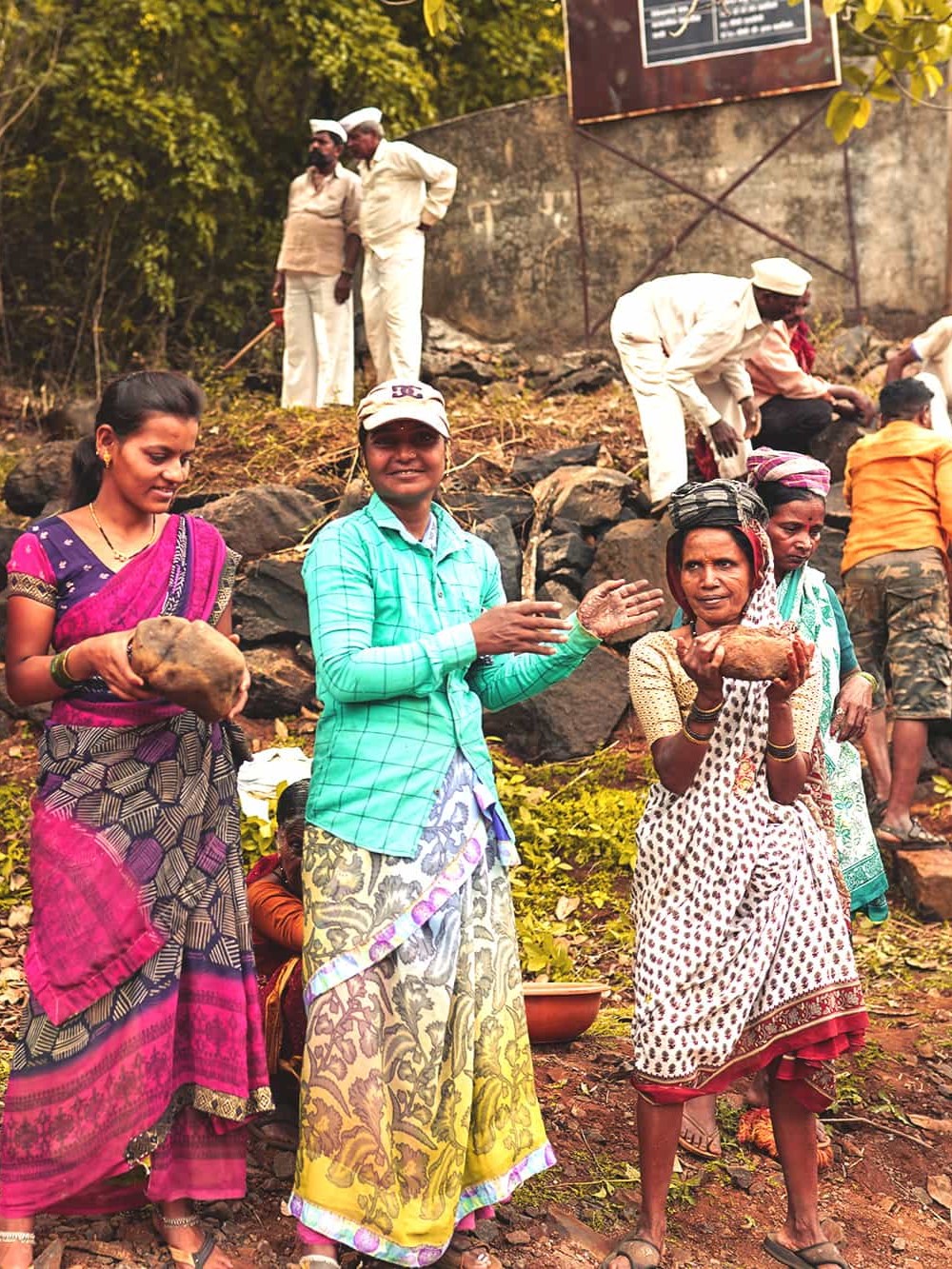
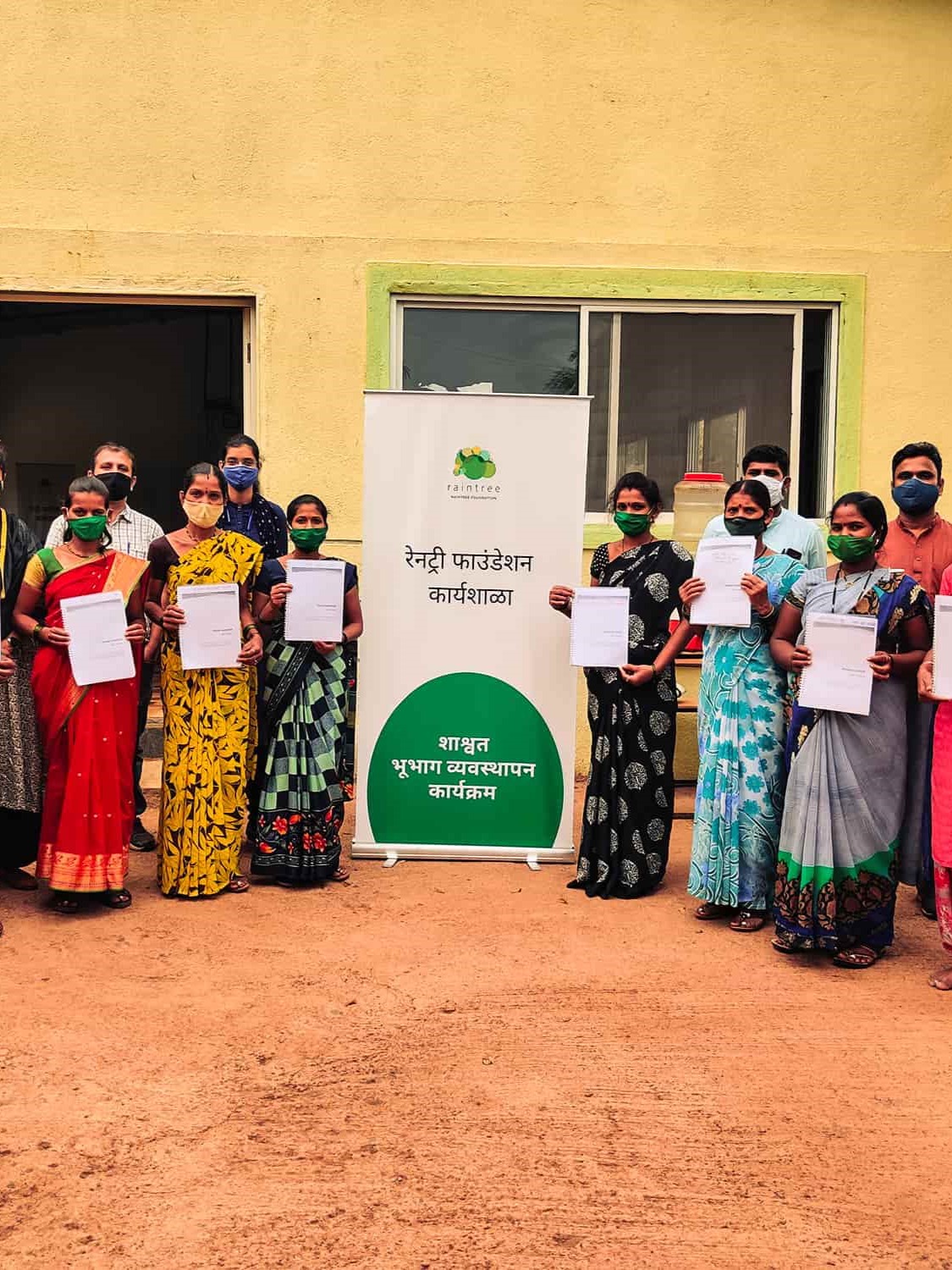
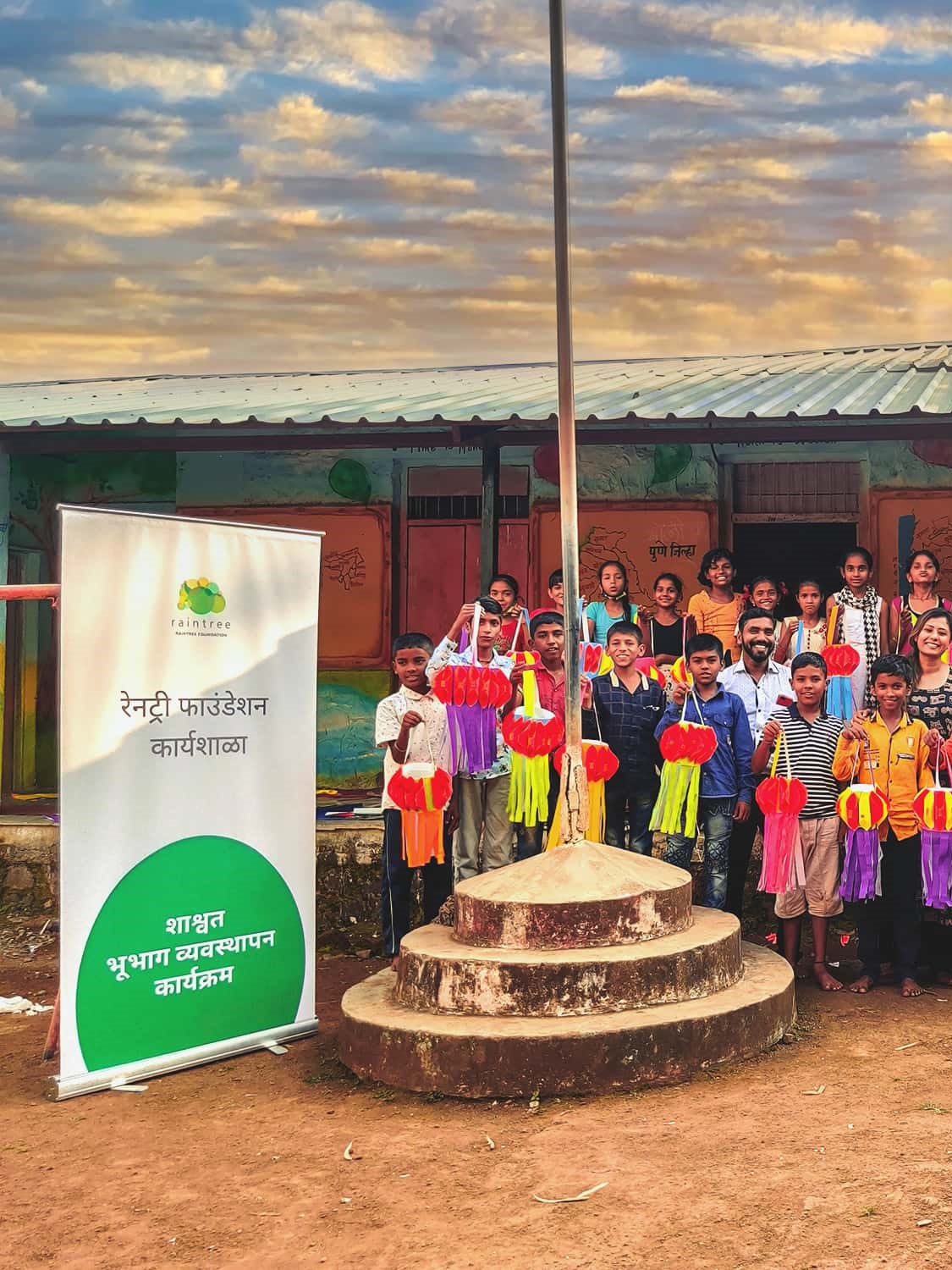
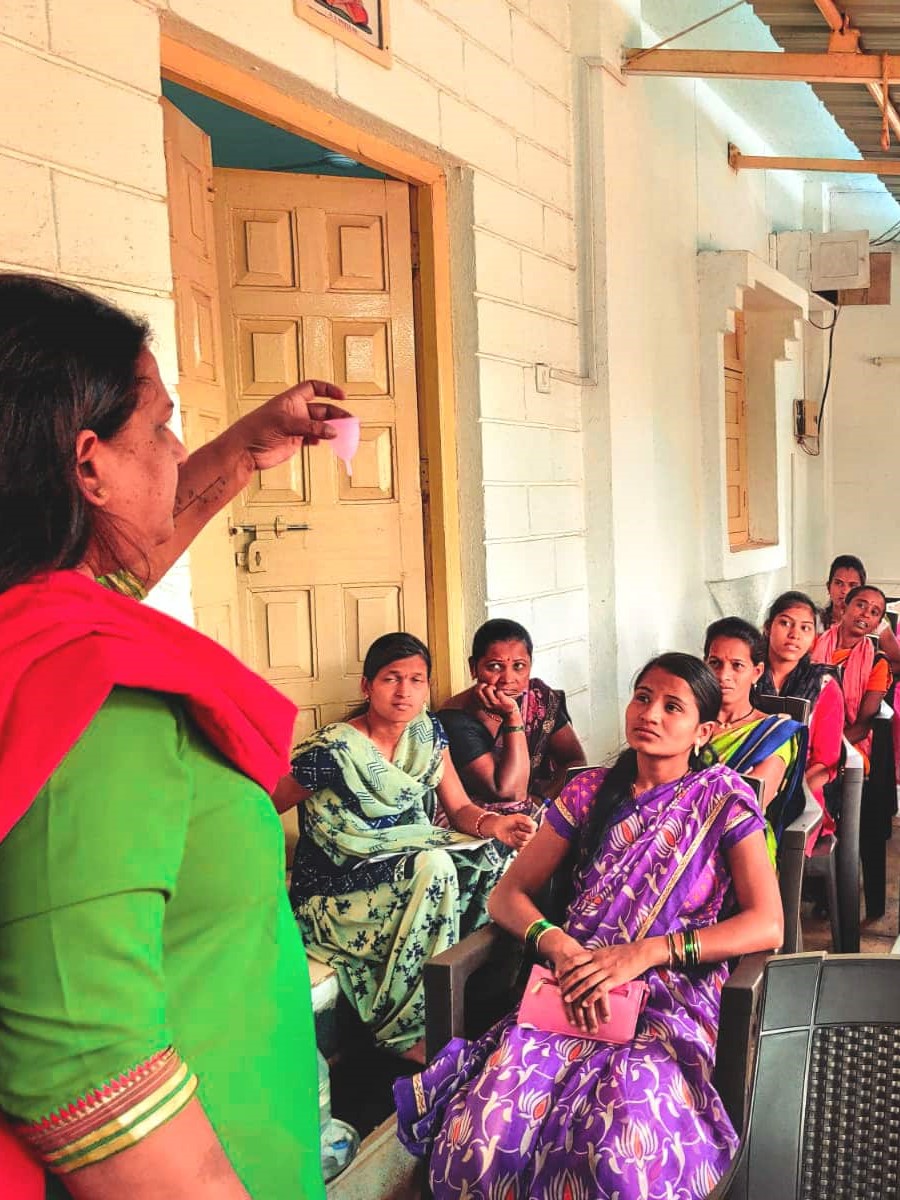
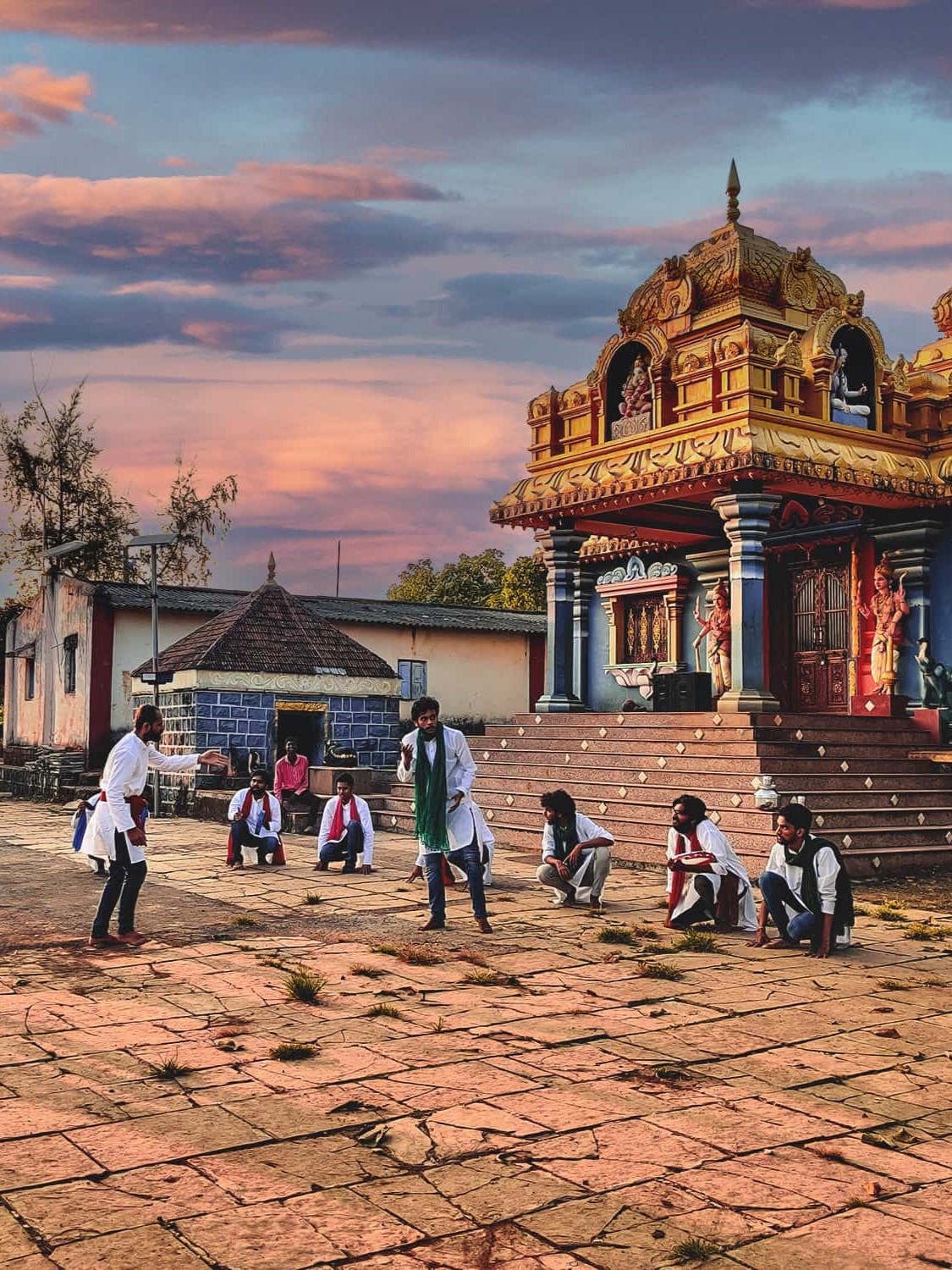
Pilot Project - Velhe
Velhe is located in the Western Ghats area which is a global biodiversity hotspot. This region has some of the lowest human development indicators and a landscape which lends itself to climate action interventions. Raintree Foundation is working in several villages in this region to protect it from the onslaught of the effects of climate change while strengthening the local communities that live there.
Keep Updated
Newsletter
Building climate resilience for living landscapes

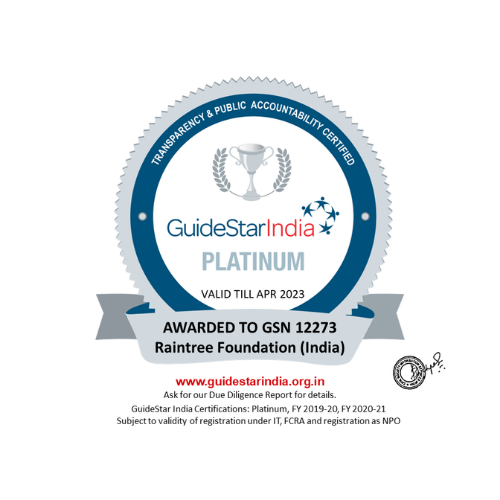
Contact Info
- 101, Notan Heights, Gurunanak Rd, Patkar Blocks, Bandra West, Mumbai, Maharashtra 400050
- contactus@theraintree.org
Raintree Foundation © 2023. All rights reserved.
